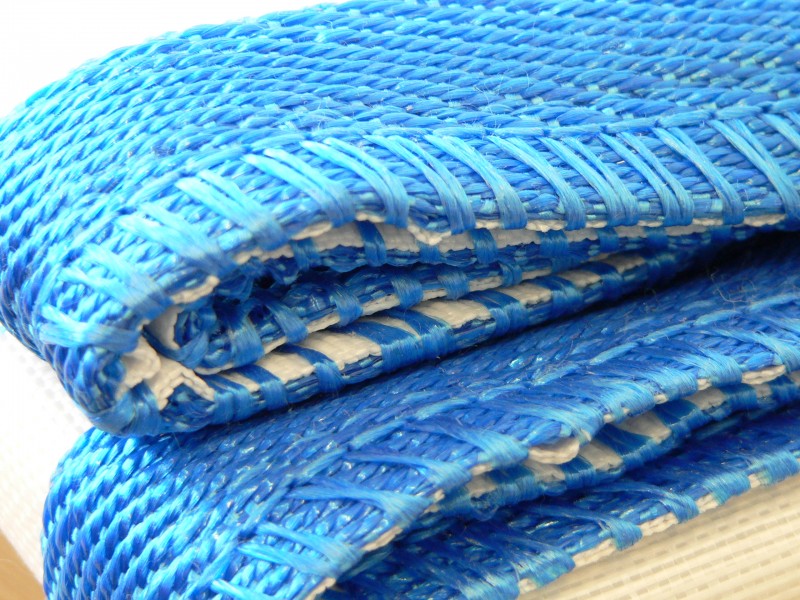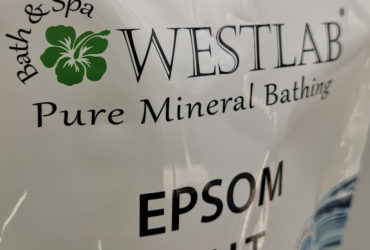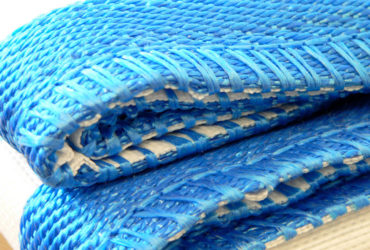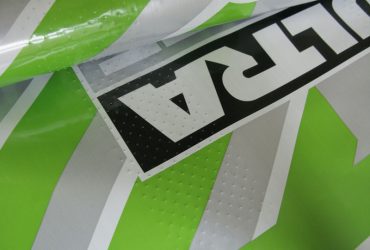Explosive atmospheres in the workplace can be caused by flammable gases, mists or vapours or by combustible dusts. If there is enough of the substance, mixed with air, then it only requires a source of ignition to cause an explosion and explosions can cause serious damage, injury and loss of life. Preventing the release of dangerous substances, which can result in an explosive atmosphere, and preventing the sources of ignition are both ways of reducing the risk.
The Dangerous Substances and Explosive Atmospheres Regulations 2002, better known as DSEAR, impose duties on employers to eliminate or control the risks of explosive atmospheres in the workplace. According to DSEAR, an explosive atmosphere is defined as a mixture of dangerous substances with air, under atmospheric conditions, in the form of gases, vapours, mist or dust in which, after ignition has occurred, combustion spreads to the entire unburned mixture.
Atmospheric conditions are commonly referred to as ambient temperatures and pressures. That is to say temperatures of –20°C to 40°C and pressures of 0.8 to 1.1 bar. Many workplaces contain or carry out activities that might produce explosive or potentially explosive atmospheres. For instance, these might include places where the work undertaken creates or releases flammable gases or vapours, such as spray painting vehicles or workplaces handling fine organic or inorganic dusts such as minerals, chemicals, grain, flour or wood.
There are two European Directives for controlling explosive atmospheres, known as ATEX, Directive 99/92/EC (also known as ‘ATEX 137’ or the ‘ATEX Workplace Directive’) which governs the minimum requirements for improving the health and safety protection of workers potentially at risk from explosive atmospheres and Directive 94/9/EC (also known as ‘ATEX 95’ or ‘the ATEX Equipment Directive’) on the approximation of the laws of Members States concerning equipment and protective systems intended for use in potentially explosive atmospheres.
In the UK, the requirements of Directive 99/92/EC were put into effect through regulations 7 and 11 of the Dangerous Substances and Explosive Atmospheres Regulations 2002 (DSEAR) and these apply to most workplaces where there is potential for an explosive atmosphere to develop.
Manufacturers/suppliers (or importers, if the manufacturers are outside the EU) must ensure that their products meet essential health and safety requirements and undergo appropriate conformity procedures. This usually involves testing and certification by a ‘third-party’ certification body (known as a Notified Body) but manufacturers/suppliers can ‘self-certify’ equipment intended to be used in less hazardous explosive atmospheres. Once certified, the equipment is marked by the ‘EX’ symbol to identify it as such. Certification ensures that the equipment or protective system is fit for its intended purpose and that adequate information is supplied with it to ensure that it can be used safely.
Rosenflex has four types of FIBC designed to avoid electrostatic hazards, i.e. Type A, B, C and D, which are suitable for use in hazardous situations.
These are used according to their ability of charge dissipation and/or limiting the energy of possible discharges. These four types of FIBCs are explained below:
Type A -These FIBC are made from non-conductive materials without any measures against electrostatic charging. No electrical conductive material is interwoven in the fabric grounding and charge dissipation is hardly possible. Type A FIBCs must not be used to handle combustible dusts. If this FIBC containing inert material is used in hazardous areas, this should only be in Zones 2 or 22.
Type B – An FIBC made from non-conductive materials having a breakdown voltage not exceeding 6kv. This reliably prevents ignition of explosive dust atmospheres. Like Type A, Type B has no interwoven conductive materi





